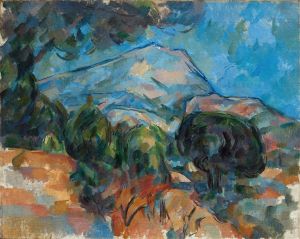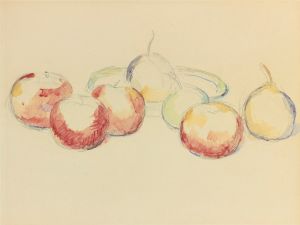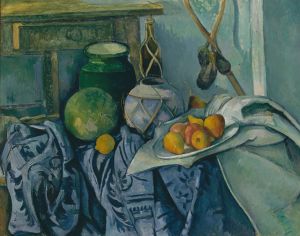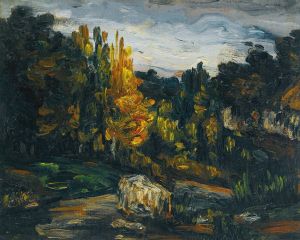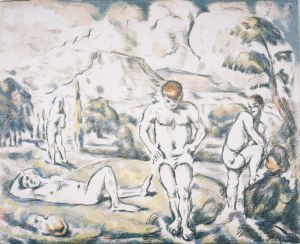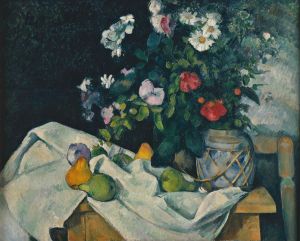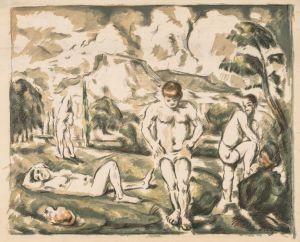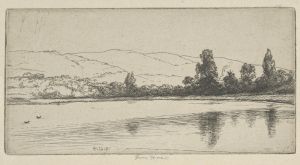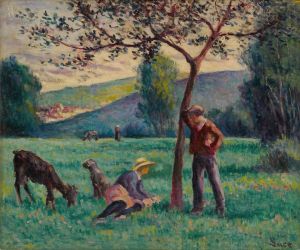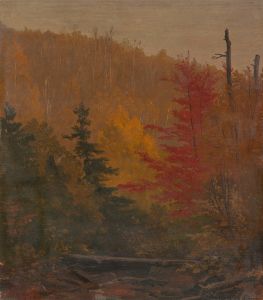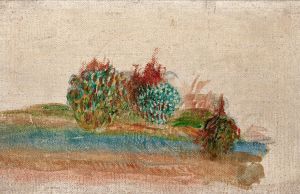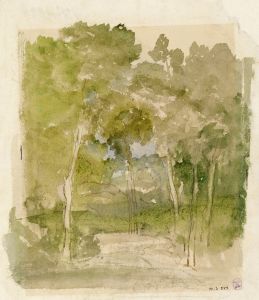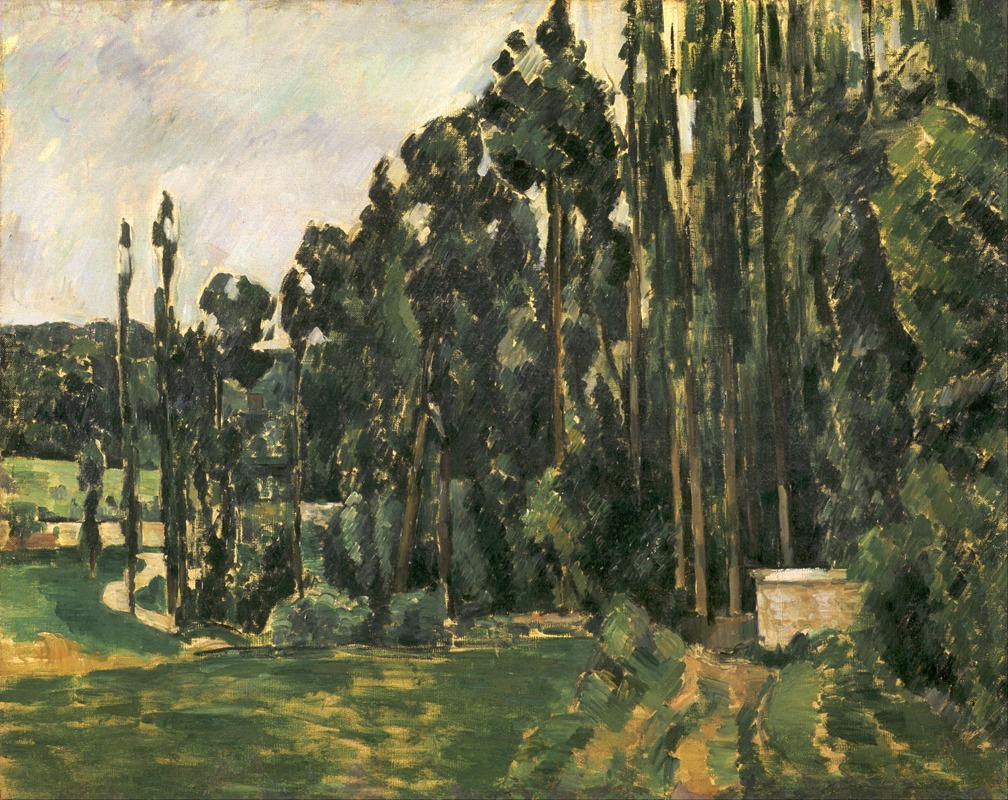
Poplars
A hand-painted replica of Paul Cézanne’s masterpiece Poplars, meticulously crafted by professional artists to capture the true essence of the original. Each piece is created with museum-quality canvas and rare mineral pigments, carefully painted by experienced artists with delicate brushstrokes and rich, layered colors to perfectly recreate the texture of the original artwork. Unlike machine-printed reproductions, this hand-painted version brings the painting to life, infused with the artist’s emotions and skill in every stroke. Whether for personal collection or home decoration, it instantly elevates the artistic atmosphere of any space.
Paul Cézanne's "Poplars" is a notable work within the oeuvre of the French Post-Impressionist painter, who is often credited with laying the groundwork for the transition from 19th-century Impressionism to 20th-century Cubism. Cézanne's innovative approach to form and color significantly influenced the development of modern art, and "Poplars" is an exemplary piece that showcases his distinctive style and technique.
"Poplars" is part of Cézanne's exploration of the natural landscape, a subject he frequently revisited throughout his career. Although the exact date of creation for "Poplars" is not definitively documented, it is generally believed to have been painted in the late 19th century, during a period when Cézanne was deeply engaged with capturing the essence of the Provençal countryside. This region in the south of France, with its unique light and varied topography, provided Cézanne with endless inspiration and became a central theme in his work.
In "Poplars," Cézanne employs his characteristic brushwork and use of color to convey the structure and rhythm of the landscape. The painting features a row of poplar trees, which are depicted with a sense of solidity and volume, reflecting Cézanne's interest in the underlying geometry of natural forms. His technique involves the use of small, repetitive brushstrokes that build up to create a complex surface texture, a method that allows him to explore the interplay of light and shadow across the scene.
Cézanne's palette in "Poplars" is both restrained and vibrant, utilizing a range of greens, blues, and earth tones to evoke the natural environment. This careful modulation of color is a hallmark of Cézanne's style, as he sought to capture the true visual experience of the landscape rather than a mere photographic representation. The composition of the painting is carefully balanced, with the vertical lines of the trees countered by the horizontal elements of the land and sky, demonstrating Cézanne's mastery of spatial organization.
"Poplars" exemplifies Cézanne's departure from the Impressionist focus on transient effects of light and atmosphere, moving instead towards a more structured and analytical approach. His work in this period reflects a deep engagement with the formal properties of painting, including the exploration of perspective and the simplification of forms into geometric shapes. This approach would later influence artists such as Pablo Picasso and Georges Braque, who cited Cézanne as a pivotal figure in the development of Cubism.
Cézanne's legacy as a painter is marked by his relentless pursuit of a new visual language, one that sought to reconcile the observed world with the artist's subjective experience. "Poplars" stands as a testament to his innovative spirit and his profound impact on the course of modern art. Through his meticulous attention to form, color, and composition, Cézanne transformed the way landscapes were perceived and painted, leaving an indelible mark on the history of art.





